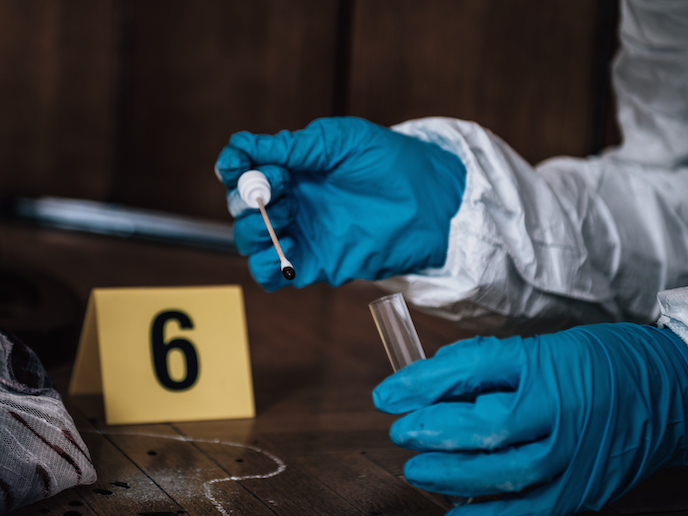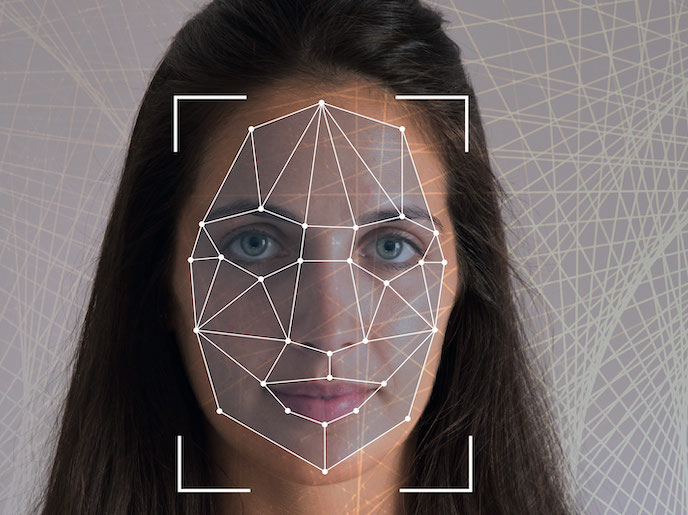DNA-based tools boost crime scene investigations
DNA evidence is frequently used in court to connect suspects to crime scenes, or to exonerate people who have been wrongly convicted. Modern techniques of gathering and analysing DNA samples are considered to be highly reliable. A key limitation however is that standard forensic DNA profiling(opens in new window) is comparative. This means that the DNA obtained from a crime scene has to be compared to a reference sample from a known suspect, or with all criminal offenders in a forensic DNA database. An inability to match up crime scene DNA with reference samples however can lead to cases remaining unsolved, despite the availability of DNA from the suspected perpetrator. “This is where forensic DNA phenotyping(opens in new window) comes in,” explains VISAGE(opens in new window) project coordinator Manfred Kayser from the Erasmus University Medical Centre(opens in new window) in the Netherlands. “This technique can provide information on visible characteristics of the unknown crime scene sample donor – such as physical appearance, biogeographic ancestry and age – directly from crime scene DNA. Standard forensic DNA profiling can then be carried out on a reduced number of suspects, to find out who the crime scene sample donor is.”
Forensic DNA phenotyping
The VISAGE project sought to make forensic DNA phenotyping more useful for crime scene investigators. This was achieved by improving the levels of detail, accuracy and reliability delivered by this technique, and by reducing the number of technical steps required. The project team began by identifying new genetic markers(opens in new window) for predicting appearance and ancestry and epigenetic markers(opens in new window) for predicting age from various tissues. Laboratory technology based on massively parallel sequencing(opens in new window) was then used to analyse these DNA predictors. This work resulted in the prototype VISAGE Toolkit, consisting of a variety of lab tools for predicting appearance, ancestry and age from DNA. All these tools were forensically validated and implemented in routine forensic environments. Finally, software was developed to interpret all this genetic data. This produces probability estimates for appearance trait categories and ancestry regions, as well as age estimates. “We also put forward recommendations on how to implement forensic DNA phenotyping in an ethically and societally responsible manner,” adds Kayser.
Crime scene investigations
The practical tools developed within the project will help crime scene investigators to construct more accurate composite sketches of possible perpetrators, from DNA traces. “The more detailed and accurate that appearance, ancestry and age can be described from crime scene DNA, the more useful this will be for police,” says Kayser. “Concentrating searches for an unknown perpetrator will result in more efficient and focused investigations.” In fact, the validated tools can already be used in practical forensic casework, by specialised laboratories accredited for using non-commercial DNA tests. Next steps include developing these tools into commercially viable products, through collaboration with companies. “More research is also needed to find more predictive DNA markers,” notes Kayser. “This will further increase the usefulness of this technology.” Kayser believes that the VISAGE project will give the practice of forensic DNA phenotyping a significant boost. VISAGE outcomes such as the recommendations on how this technology can be implemented in an ethically sound and societally responsible manner may lead to the legalisation of forensic DNA phenotyping in more countries. “More and more cold cases are being solved with the help of forensic DNA phenotyping,” he remarks. “We hope that this project will lead to more cases being solved in the future, with more countries applying forensic DNA phenotyping.”







